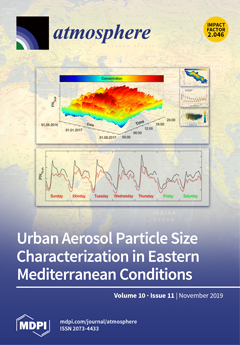An extratropical cyclone reported to have the largest wind speed in Newfoundland in more
than a decade landed on the island of Newfoundland on 11 March 2017. The oceanic responses in
Placentia Bay on the southeast coast of Newfoundland to the winter storm were examined using
observed data and the Finite-Volume Community Ocean Model (FVCOM). The peak non-tidal water
level increase, i.e., storm surge, reached 0.85mat St. Lawrence and 0.77mat Argentia on Placentia Bay.
Sea surface temperature slightly decreased after the storm passage according to buoy and satellite
measurements. Root mean square dierences (RMSD) of the magnitude of storm surge between model
results and observations are 0.15 m. The model sea surface temperature showed a small decrease,
consistent with observations, with RMSDs from 0.19 to 0.64 C at buoy stations. The simulated
surface current changes agree with buoy observations, with model-observation velocity dierence
ratios (VDR) of 0.75–0.88. It was found that, at Argentia (St. Lawrence), the peak storm surge in
Placentia Bay was dominantly (moderately) associated with the inverse barometric eect, and the
subsequent negative surge was mainly due to the wind eect at both stations. The sea surface cooling
was associated with oceanic heat loss. In the momentum balance, the Coriolis, pressure gradient,
and advection terms were all important during the storm, while the first two terms were predominant
before and after the storm.
Full article





